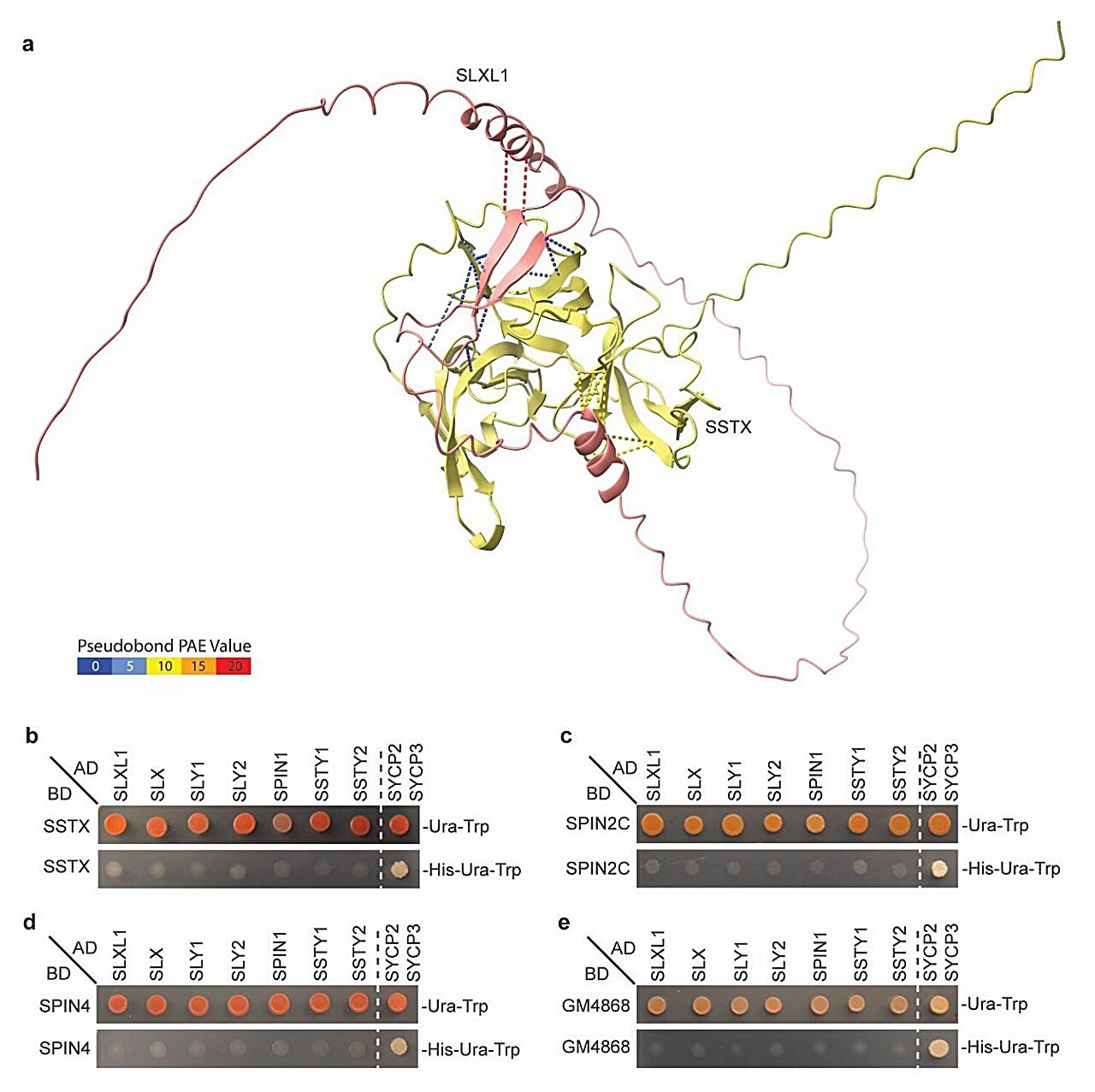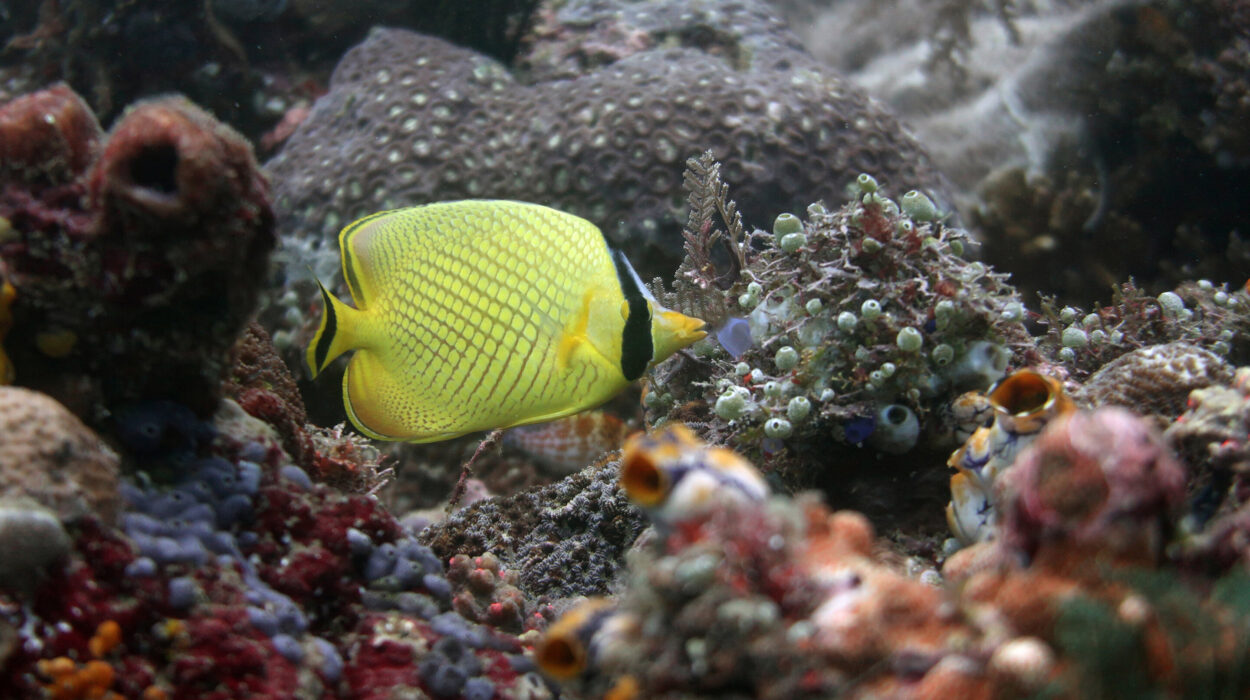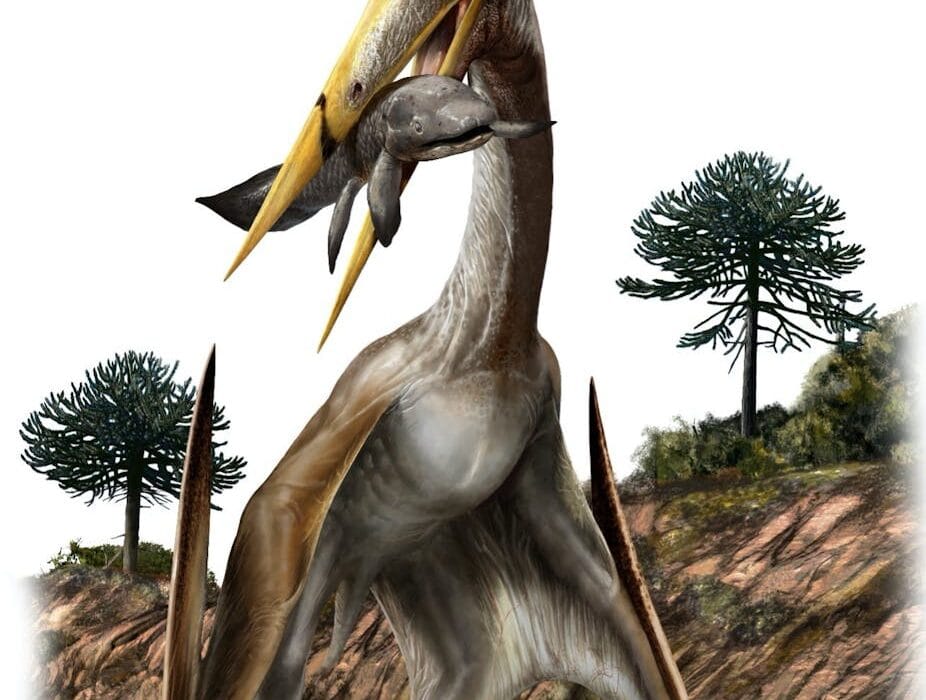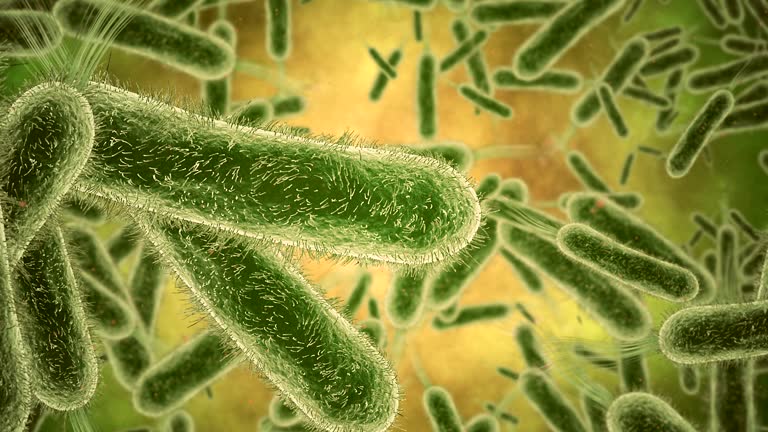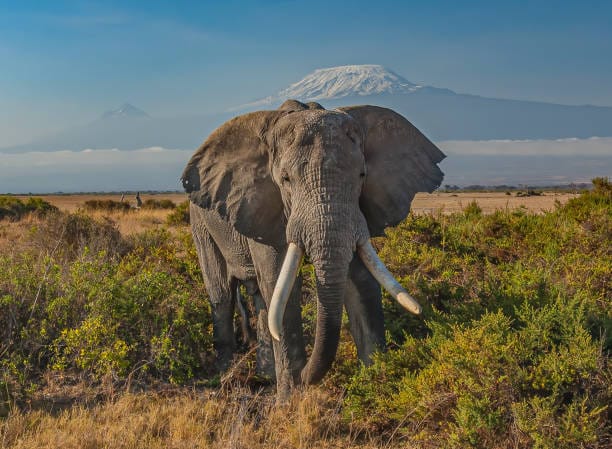In the grand tapestry of evolution, “fitness” is the term used to describe an organism’s ability to survive and pass on its genetic material to the next generation. While genes play a fundamental role in this process, they often engage in a silent battle, competing against one another within an organism. This genetic arms race is typically invisible to the naked eye—except when it involves the X and Y chromosomes, the very elements that determine the sex of offspring in mammals.
Now, thanks to groundbreaking research by scientists at the University of Michigan, we have a deeper understanding of this evolutionary struggle, particularly in mice. Their study, published in the Proceedings of the National Academy of Sciences, sheds light on how genes located on the X and Y chromosomes engage in a fierce competition to ensure that their respective sperm—carrying either an X or a Y chromosome—reaches the egg first.
The Battle Between X- and Y-bearing Sperm
The competition between X- and Y-carrying sperm is akin to a high-stakes race, with each sperm trying to be the first to fertilize the egg. The winner of this race determines the sex of the offspring. If the Y-carrying sperm wins, the result is a male offspring; if the X-carrying sperm reaches the egg first, the result is a female offspring.
However, the key question is: how does this competition influence the broader balance of male and female offspring in a population? It turns out that genes on the X and Y chromosomes have evolved to co-adapt, keeping each other in check and maintaining the crucial 50-50 sex ratio, which has been optimally balanced over evolutionary time. If one sex became more prevalent, it could lead to a decrease in genetic diversity, which could ultimately endanger the survival of the species.
While we observe a fairly consistent 50-50 split of male and female offspring across generations, understanding the molecular mechanisms that sustain this equilibrium has been a puzzle for scientists. This is because studying sperm in a laboratory setting presents a significant challenge. Enter the University of Michigan research team, whose ingenious solution allowed them to probe this competition at the genetic level.
A Revolutionary Approach: Using Yeast to Decode the Arms Race
The University of Michigan researchers, led by Dr. Martin Arlt, used an innovative approach to unlock the genetic secrets behind this X/Y chromosome competition. Rather than studying sperm directly, the team took genes from the X-linked Slxl1/Slx and Y-linked Sly gene families in mice and introduced them into a model organism: yeast.
This was a critical breakthrough. Yeast, which shares many fundamental biological processes with mammals, provided a more manageable system for observing how these genes interact. By isolating the key players in the genetic race, the researchers could observe how these X and Y chromosome-linked genes competed against one another, ultimately influencing the production of X- and Y-carrying sperm.
The Role of Spindlin Proteins in the Genetic Race
The results of the study revealed that the proteins encoded by the Slxl1/Slx and Sly genes compete for binding to proteins called Spindlins. These Spindlin proteins play a crucial role in regulating gene expression, and their interactions influence the balance between the two types of sperm. In this genetic arms race, the more Spindlin proteins that bind to the X-linked Slxl1/Slx genes, the more X-bearing sperm are produced. Conversely, when the Y-linked Sly proteins gain more Spindlin binding, the result is an increase in Y-bearing sperm.
The balance of these competing forces determines the proportion of male and female offspring, keeping the sex ratio close to 50-50. The researchers’ findings suggest that these genetic “arms races” are not one-off events; rather, they are ongoing, with similar competitive processes occurring in many different species across evolutionary time.
Evolution and the Persistence of These Genes
The study also highlights the evolutionary significance of the Slxl1/Slx and Sly genes. These genes are relatively new, having evolved only a few million years ago, long after humans and chimpanzees diverged. This evolutionary innovation allowed the genes to integrate into the reproductive system in a way that ensures their persistence within the species. While spermatogenesis—the process of sperm production—can still occur without these specific genes, the presence of Slxl1/Slx and Sly has been crucial in shaping the competitive dynamics that influence the offspring sex ratio.
As Dr. Jacob Mueller, the senior author of the study, explains, “These arms races are happening over and over again in different species at different times. The fact that such a finely tuned system has evolved to regulate the sex ratio demonstrates how evolutionary pressures can shape complex biological processes.”
The Future of X/Y Gene Competition Research
Looking ahead, the research team plans to expand their work by exploring how the X/Y arms race has evolved over time and how other competitive genes contribute to the balance of male and female offspring. Their yeast model provides a unique opportunity to study these genetic interactions in a controlled environment, which could lead to further breakthroughs in understanding how complex genetic systems develop and evolve.
The implications of this study extend beyond just the field of genetics. By better understanding the molecular mechanisms that influence sex ratios, scientists could gain insights into broader biological processes such as reproductive health, genetic diseases, and even the evolution of other traits within species. This research also opens up new avenues for exploring how genetic conflicts within an organism can shape the dynamics of populations and species over time.
Conclusion: Evolution in Action
The genetic arms race between X- and Y-bearing sperm is a fascinating example of how evolutionary pressures can drive the development of complex biological systems. By decoding the molecular mechanisms that govern this competition, the University of Michigan team has uncovered a crucial piece of the puzzle that explains why species like mice maintain a nearly perfect 50-50 sex ratio.
This study is not just an exploration of mouse biology; it is a window into the ongoing, dynamic process of evolution itself. It shows us how, over millions of years, genes have evolved sophisticated mechanisms to ensure the survival and success of their species. And, as scientists continue to investigate these genetic battles, we are sure to uncover even more secrets about the evolutionary forces shaping life on Earth.
In the end, the competition between X and Y chromosomes might not be the most visible arms race in nature, but it is one of the most compelling, offering new insights into the intricacies of life, evolution, and survival.
Reference: Martin F. Arlt et al, Reenacting a mouse genetic evolutionary arms race in yeast reveals that SLXL1/SLX compete with SLY1/2 for binding to Spindlins, Proceedings of the National Academy of Sciences (2025). DOI: 10.1073/pnas.2421446122
